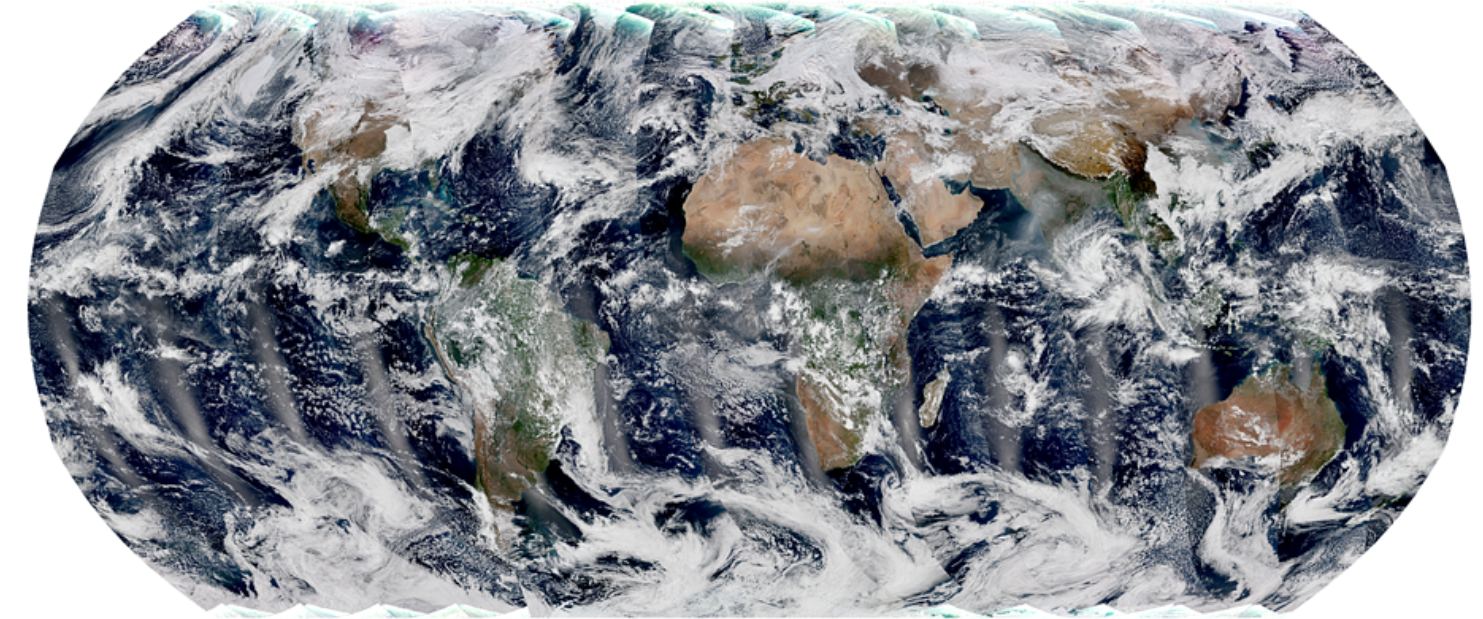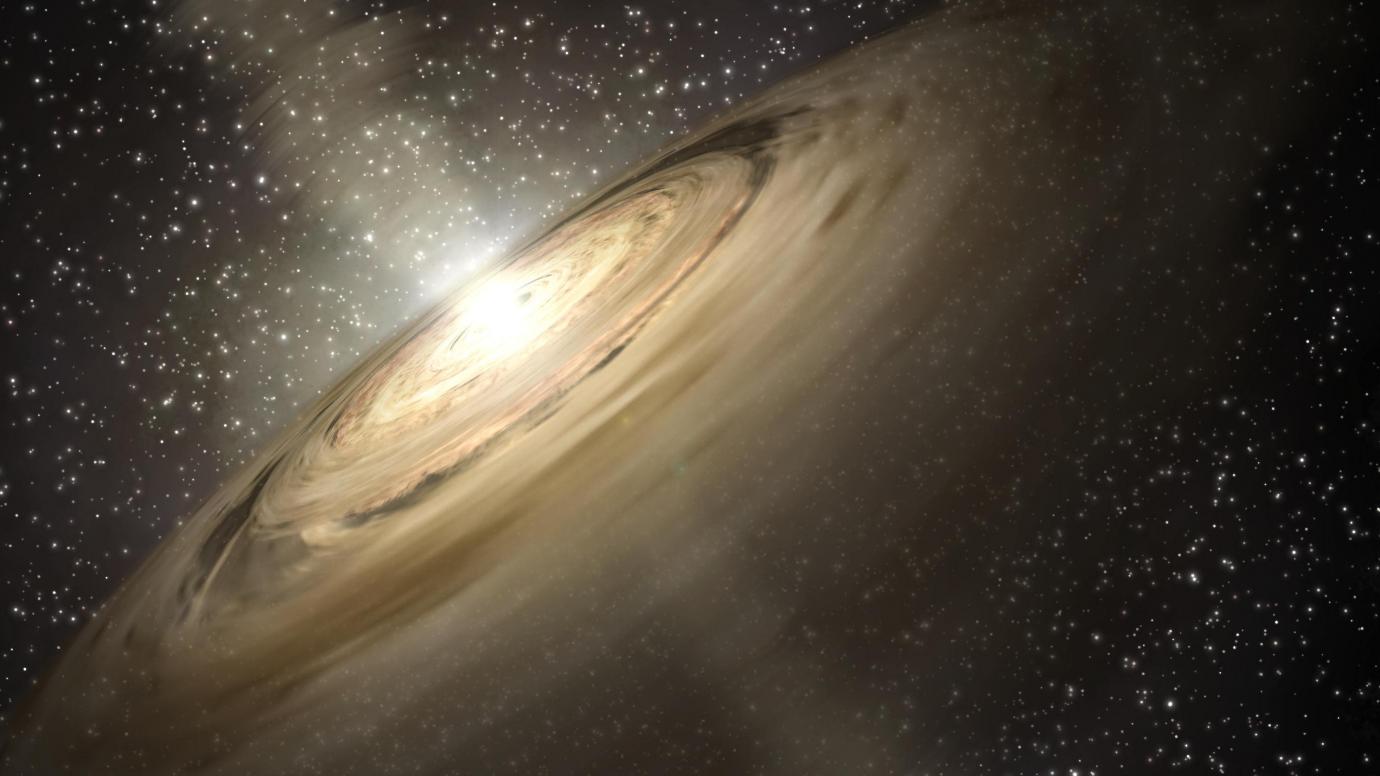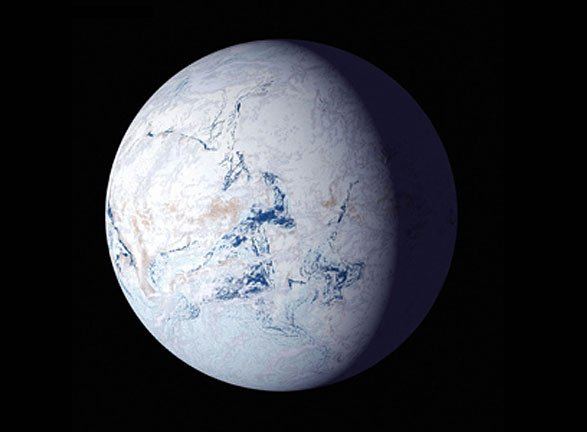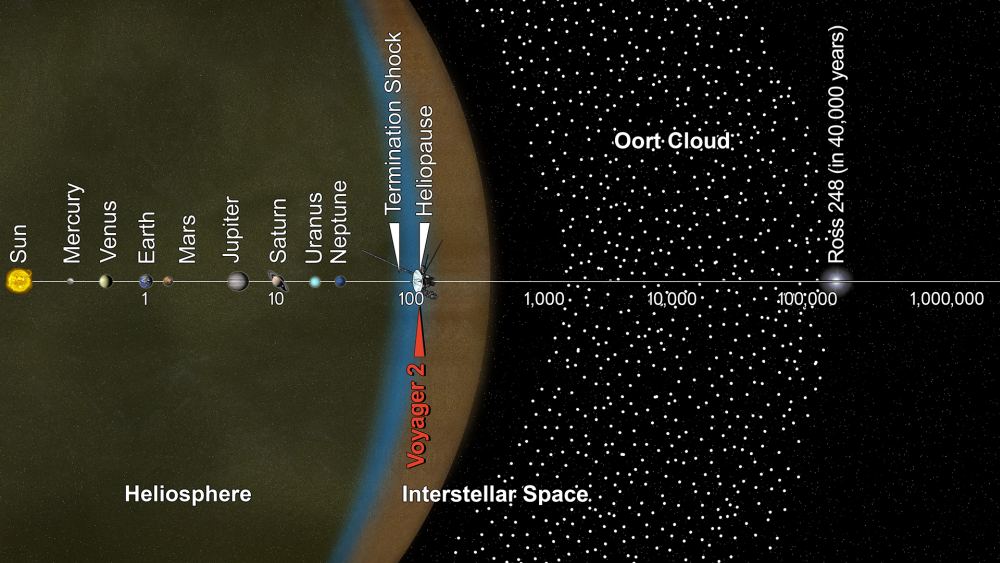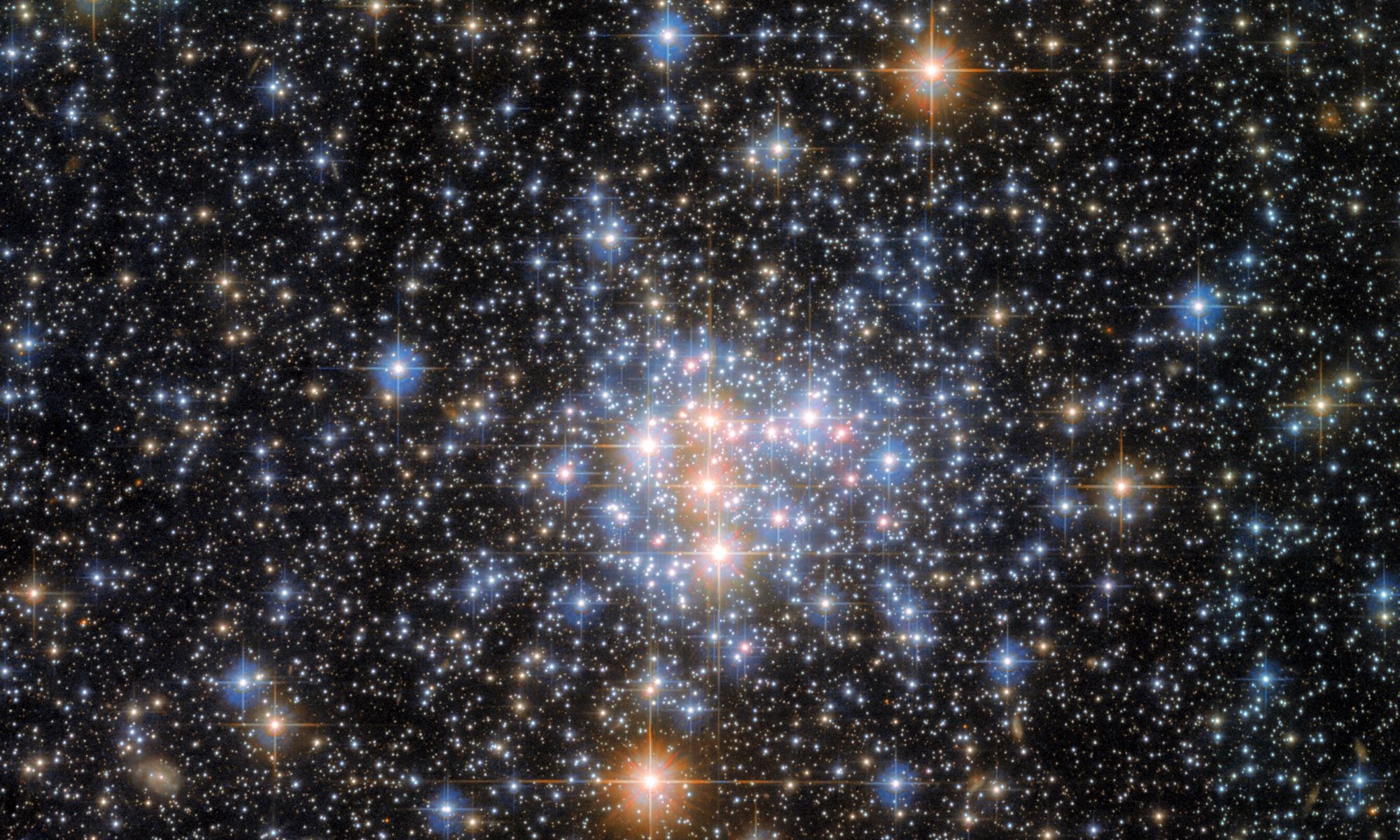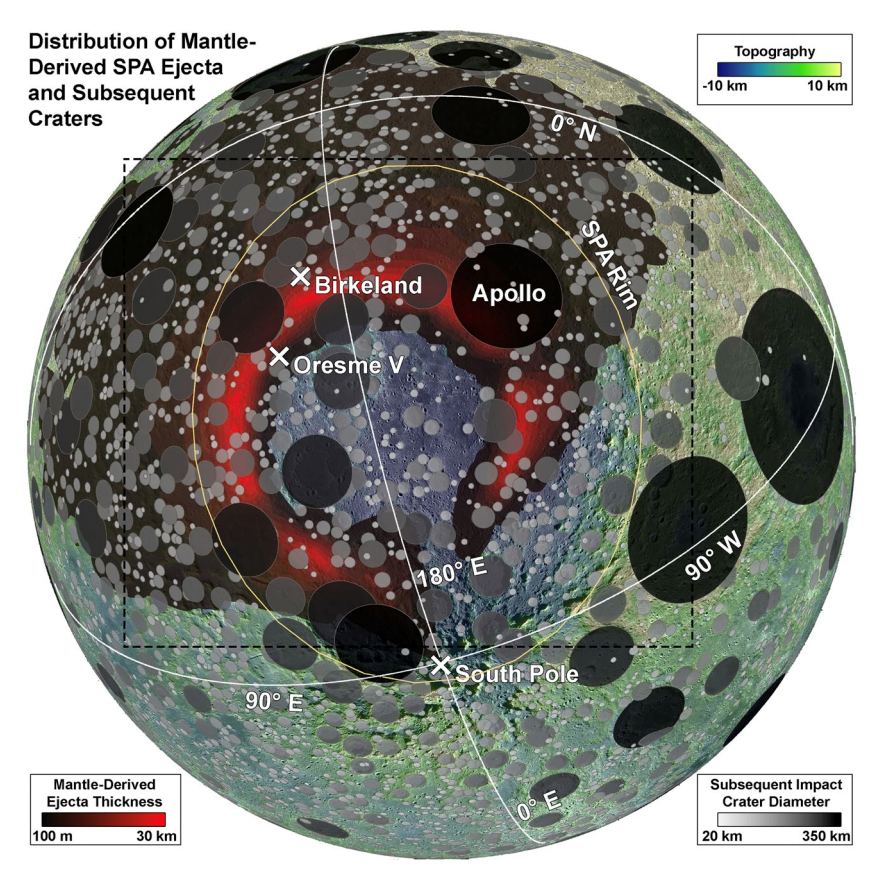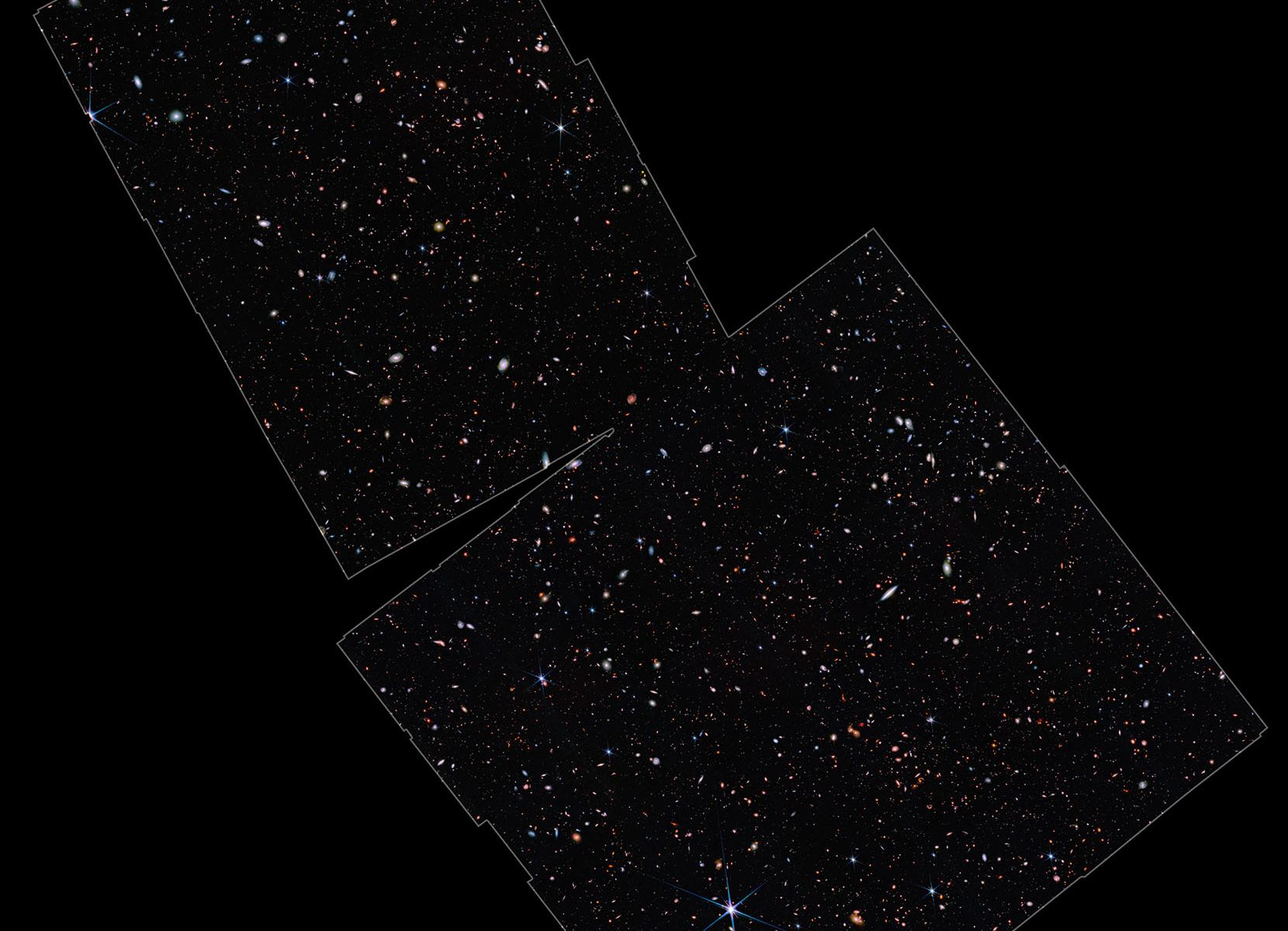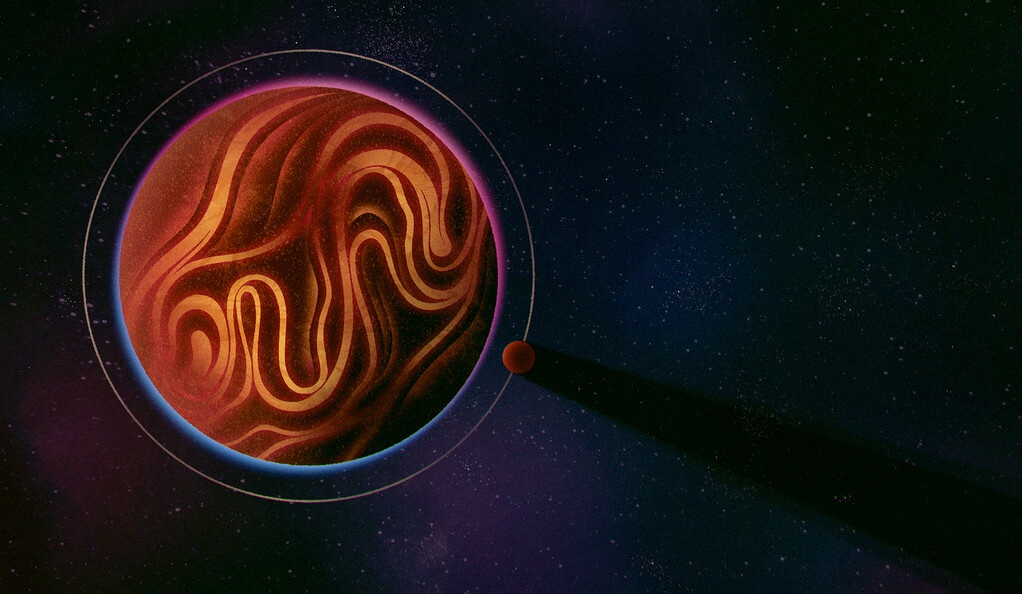Astronomers are keenly interested in red dwarfs and the planets that orbit them. Up to 85% of the stars in the Milky Way could be red dwarfs, and 40% of them might host Earth-like exoplanets in their habitable zones, according to some research.
But there are some problems with their potential habitability. One of those problems is tidal locking.
Continue reading “Are Planets Tidally Locked to Red Dwarfs Habitable? It’s Complicated”

